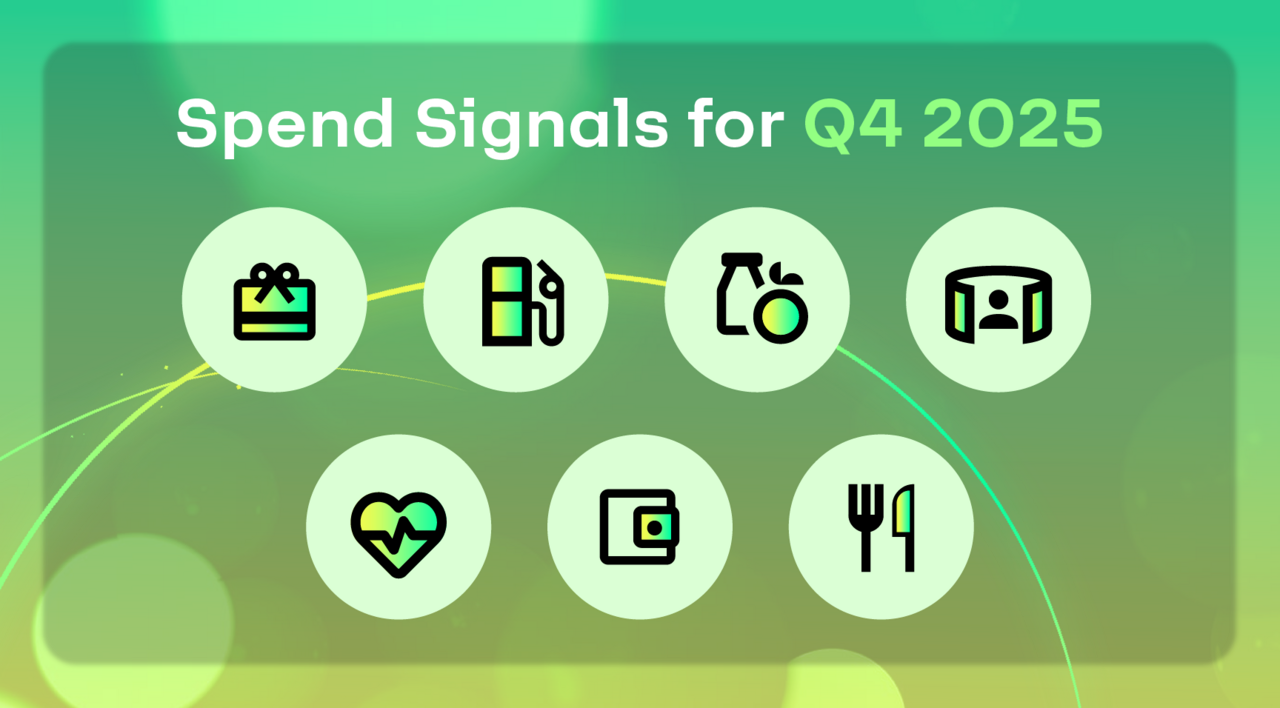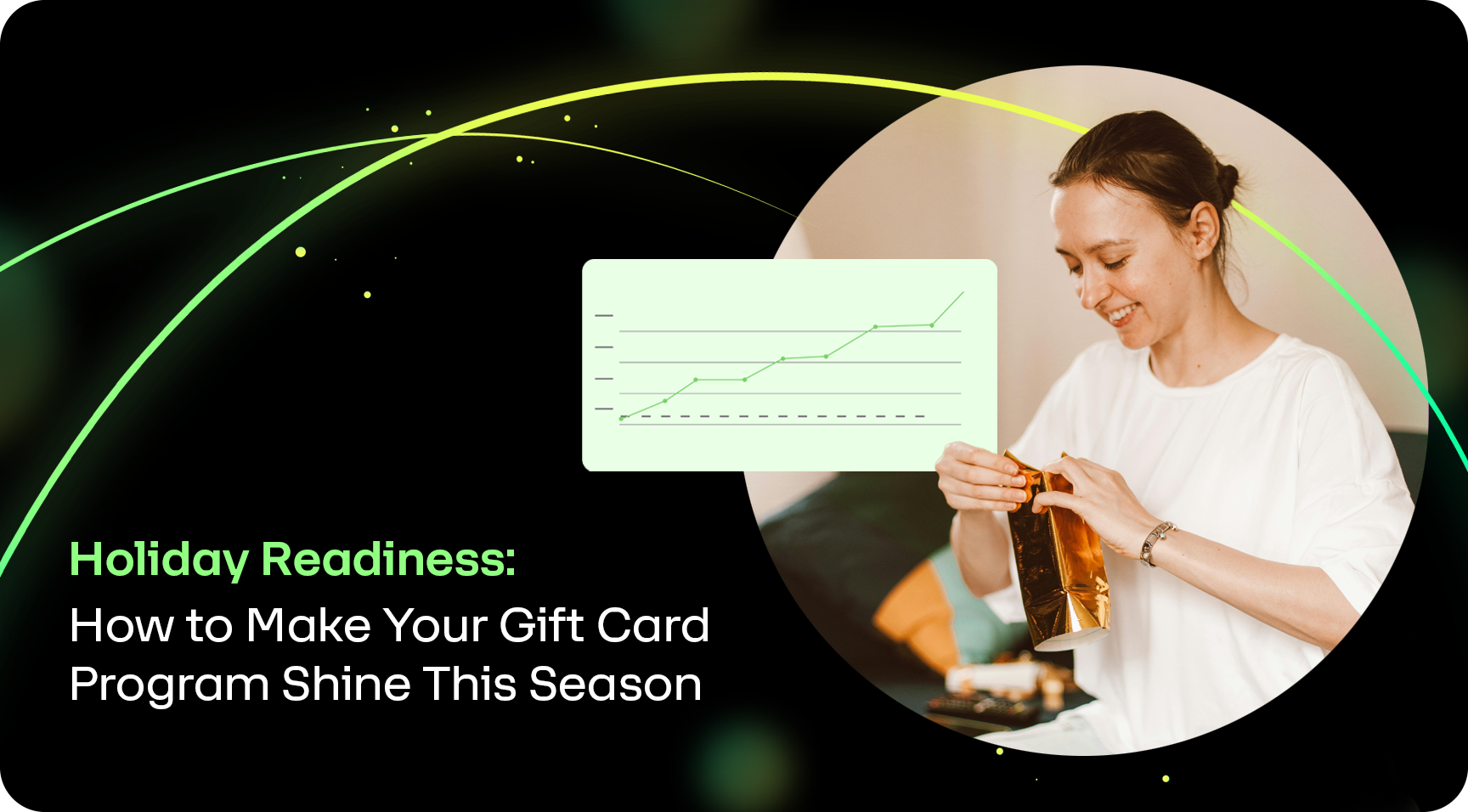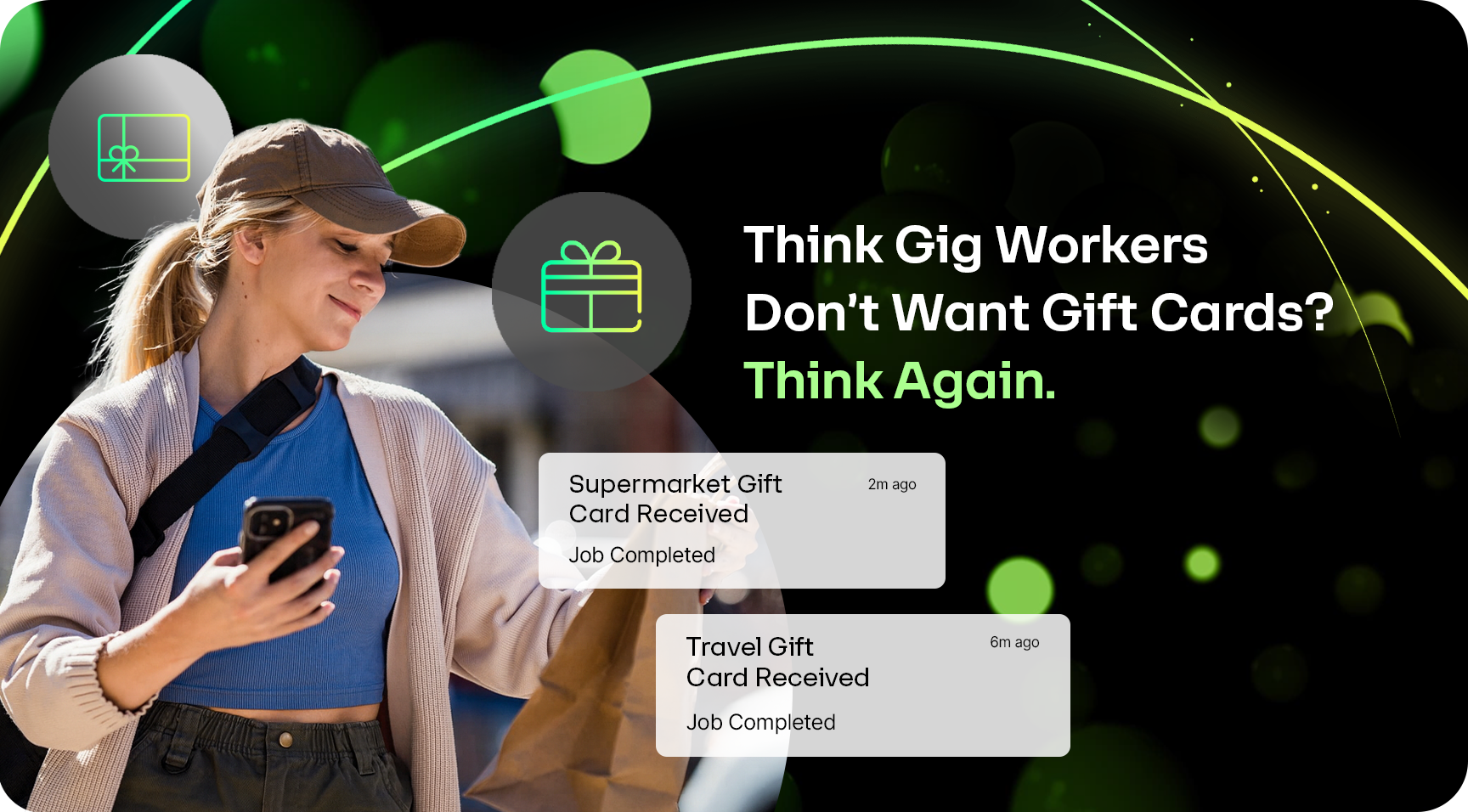In volatile economic climates, it is critical to be flexible and creative with your rewards program to meet your members' changing needs. In today’s inflationary economy, your customers may be looking for ways to cash in on everyday purchases versus more high-end offers in your rewards catalog. In fact, 50% of North American consumers believe high inflation increases the value of non-cash incentives, like loyalty rewards, double the percentage (23%) who believe inflation makes non-cash incentives less valuable.
During tough times, consumers are cutting back on spending and looking for more deals in response to higher prices. Right now, it’s important to give customers exactly what they want to attract and retain them. The key to knowing what consumers want is: customer research.
Why is Customer Research Important for Loyalty Programs?
Customer research is discovering what makes customers loyal, their attitudes towards loyalty programs and their shopping preferences. It is critical for loyalty programs because it can help drive critical insights and understanding to what drives customer loyalty and engagement. With these insights businesses can create a winning program that truly resonates with their target audiences.
Customer research can help businesses identify personalization and reward customization opportunities. In addition to identifying needs, research allows you to tailor rewards and earn loyalty. While some members are attracted to core values, others are simply in it for savings – a loyalty program that has robust rewards can tailor messaging that highlight each audience's preferences. According to Oracle, Millennials and Gen Z prefer free products while older generations are loyal to brands that offer reasonably priced products. Using research helps create loyalty programs that are personalized with respect to generational, regional or other demographic differences. TL;DR: Tailoring rewards to customer preferences can increase the effectiveness of their loyalty program.
How to Conduct Customer Research for Loyalty Programs
Examine the Demographics of Current Loyalty Members
Start your research by looking at your current members. After all, it’s the most cost efficient strategy to keep customers rather than to attract new ones. Studies show it can cost 5 to 25 times more to acquire a new customer than to retain an existing one. When looking at current loyalty members, identify their demographics such as:
- Age/generation
- Gender
- Income/socioeconomic status education
- Family life cycle
- Location/geography
Further investigate your demographics to spending and redemption trends based on generations, countries, etc. By understanding who is already participating in your loyalty program and how they are cashing out, businesses can tailor reward programs to meet the specific needs and preferences of that audience. You can also create marketing strategies to attract similar audiences.
While there are differences, Oracle concluded that consumers across all generations want 1) to join loyalty programs to save money and 2) programs to offer compelling, easy-to-earn rewards. The best way to find out if this is true for your audience is to conduct your own research to identify customer preferences.
Conduct Surveys to Get to Know Consumers
Analyzing your customer data is one effective way to get an understanding of your customers. However, engaging with your customers directly can provide a more detailed snapshot of your audience.
Surveys are a great way to gather feedback from customers. By asking targeted questions about loyalty programs, businesses can gain insights into what customers are looking for in a program. Surveys can be conducted online or in-store depending on the business's preferences. The key to conducting successful surveys is to ask questions that help you:
- Identify customer demographics
- Gather reward-specific feedback from customers
- Measure customer satisfaction with your program, and
- Identify areas for improving your loyalty program
By regularly conducting surveys and acting on feedback, you can improve your program messaging, rewards, perks and overall customer experience, resulting in happier customers and increased loyalty.
Analyze Consumer Data to Find Trends for Your Loyalty Program
Businesses can also analyze customer data to gain insights into customer behavior and build better loyalty programs. Before analyzing customer data, define your objectives. For example, you should determine what questions you want to answer, what insights you want to gain, and how you will use the data. To earn more loyalty, here are some key data points and trends to identity:
-
Enrollment rate: A high enrollment rate indicates that customers see value in the program and are willing to participate.
-
Redemption Rate: A high redemption rate indicates that customers are engaged with the program and see value in the rewards offered.
-
Average Order Value (AOV): Loyalty programs can increase AOV by incentivizing customers to spend more in order to earn rewards.
-
Customer Retention Rate: A loyalty program can improve retention rates by incentivizing customers with better embed fast and flexible cashout options.
By monitoring these metrics and making changes to your loyalty program based on the insights gained, you can improve the effectiveness of your loyalty program with rewards that your customers actually want.
Use Runa’s Rewards API to Retain Cashback & Loyalty Program Members
No matter what your customers want, Runa’s network has something for everyone. From gift cards and cryptocurrency to shares and donations, organizations can send instant regards and payouts in bulk using any payout type.Talk to us to learn more about our robust loyalty API.



